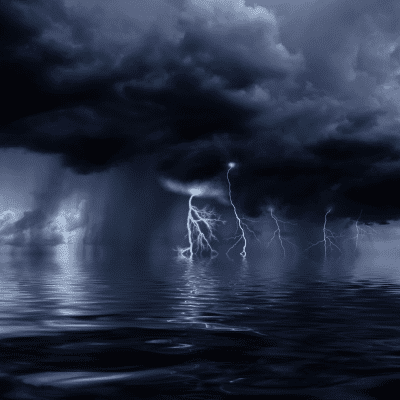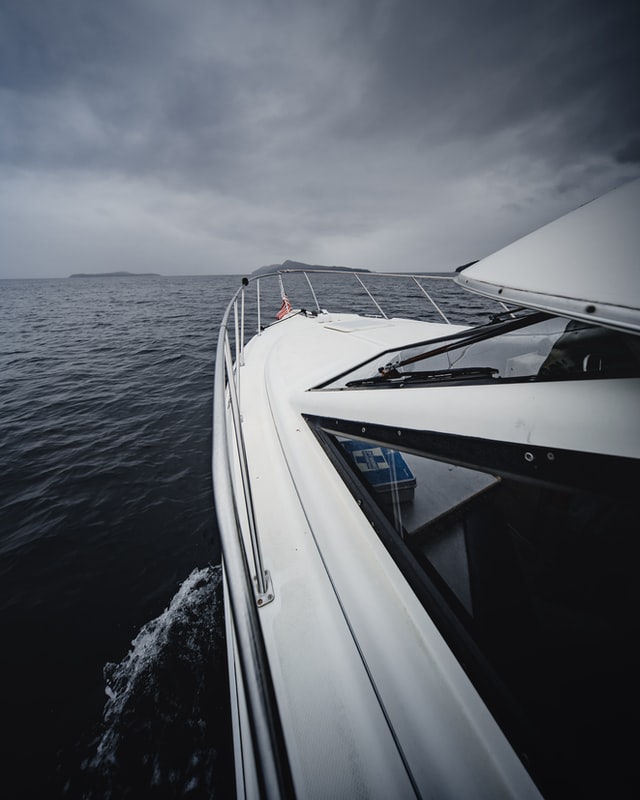From Clear Skies to Stormy Seas:
How to Use Weather Data to Stay Safe On The Water
Weather Webinars 101 and 201
Join Captain Deb Marlor with Sailing and Boating LLC for the Weather Webinar series!


Webinar 101 – BASICS
This introductory webinar covers the essential tools and techniques to interpret weather data for safe sailing. Understanding the basics of weather forecasting is critical for every boater; the webinar is ideal for sailors new to interpreting weather forecasts.
In this session, we’ll focus on:
- Surface Analyses: Learn how to read surface analysis charts, which show important weather patterns like high and low-pressure systems, winds, and fronts.
- Interpreting Observations: Understand how to make sense of real-time observations like temperature, wind speed, and barometric pressure, and how they affect your sailing.
- Currents: Explore how ocean currents impact your sailing route, whether you’re on the open sea or cruising near the coast.
- Forecasting Safety: Discover how to assess weather conditions before setting out, so you can make informed decisions for a safer trip.
By the end of this webinar, you’ll have a solid understanding of how to use weather data for planning and decision-making, ensuring a safer experience on the water.
Introduction – 6:30 p.m.
Weather Basics with Alex 6:35 to 7:15 p.m.
Sailors Perspective and Checklist with Deb 7:15 – 7:30p.m.
Q & A 7:30 p.m. (with Deb and Alex) ends at 7:45p.m.
April 3, 2025
Webinar 201 – ADVANCED
Take your weather knowledge to the next level with this advanced webinar, which explores how to analyze cloud structures and their connection to surface analyses.
This webinar is ideal for experienced sailors who want to improve their weather forecasting skills for more challenging passages. Key topics include:
- Cloud Structures and Weather Fronts: Discover how cloud types like cumulonimbus (storm clouds) or cirrus (high-altitude clouds) signal different weather patterns, such as a cold front or calm conditions.
- Cloud Movement: Learn how to track the movement of clouds and predict weather changes by observing their direction and speed.
- Tying Cloud Analysis to Surface Charts: Understand how to connect cloud observations with surface analysis to anticipate wind, temperature, and pressure shifts.
- Weather Alerts: Learn how to spot weather patterns that might affect your safety, such as an approaching storm or shifts in wind direction.
This advanced course will enhance your ability to predict weather changes while on the water, providing you with a deeper understanding of how to use weather data for safer and more informed decision-making.
Weather Basics 201 will begin at 8:00 p.m. ET with end time of 9:15
Introduction – 8:00 p.m.
Weather Basics 201 with Alex Avalos 8:05 to 8:45 p.m,
Review Sailors Perspective and Checklist 8:45 to 9:00
Q & A (with Deb and Alex ends at 9:15 p.m.
April 3, 2025
